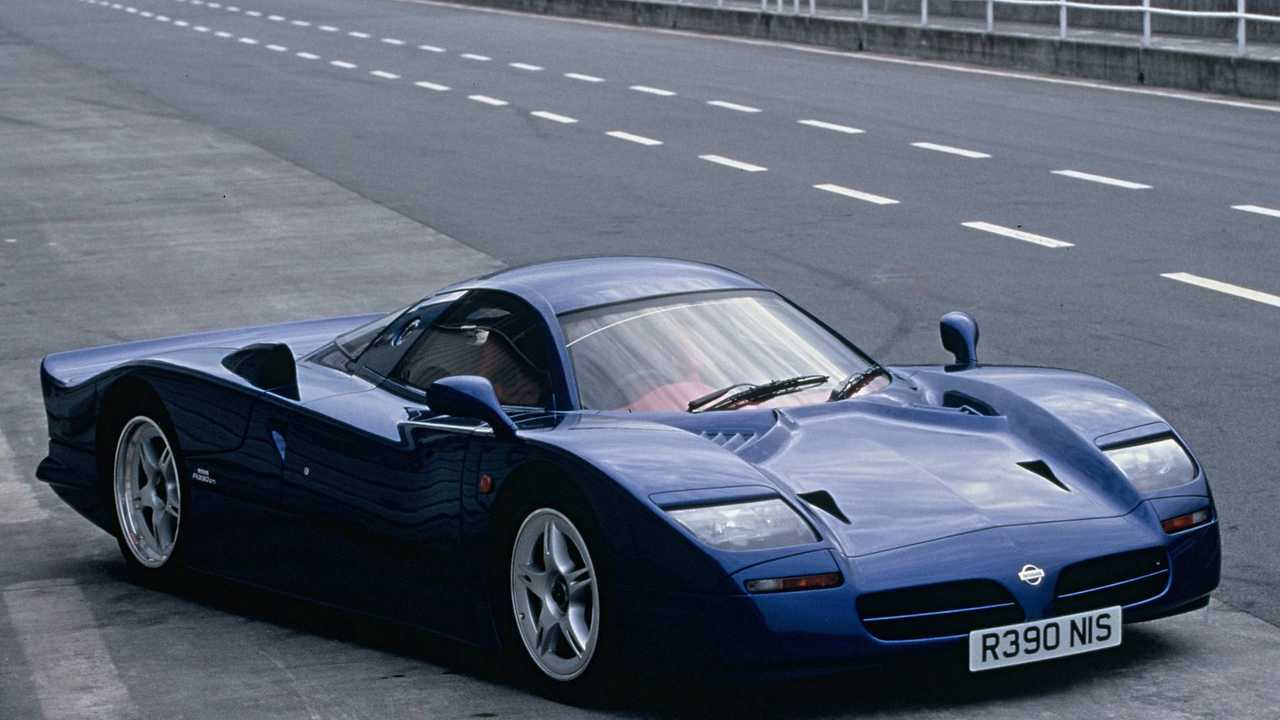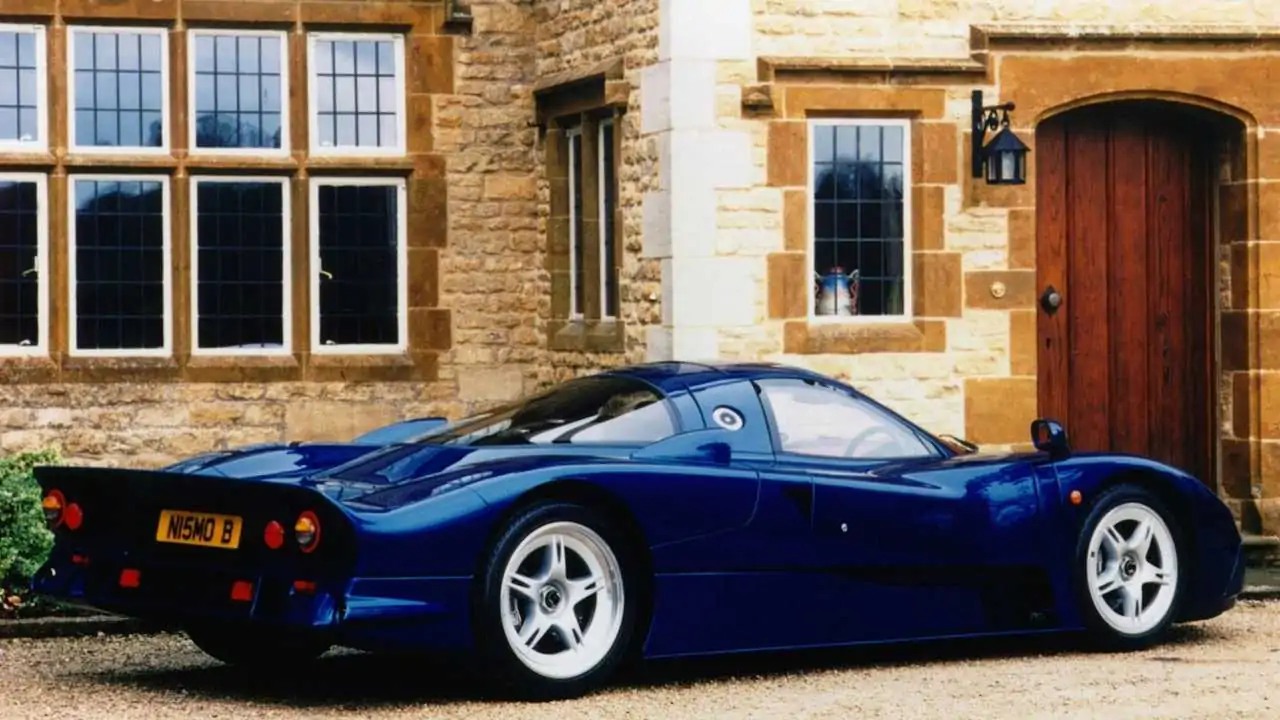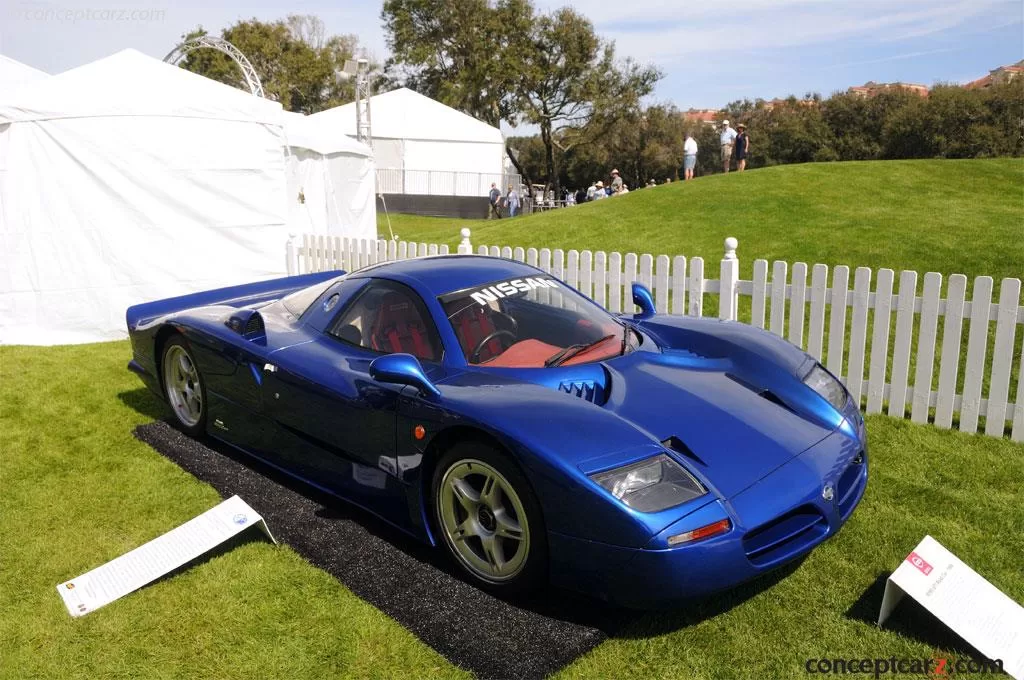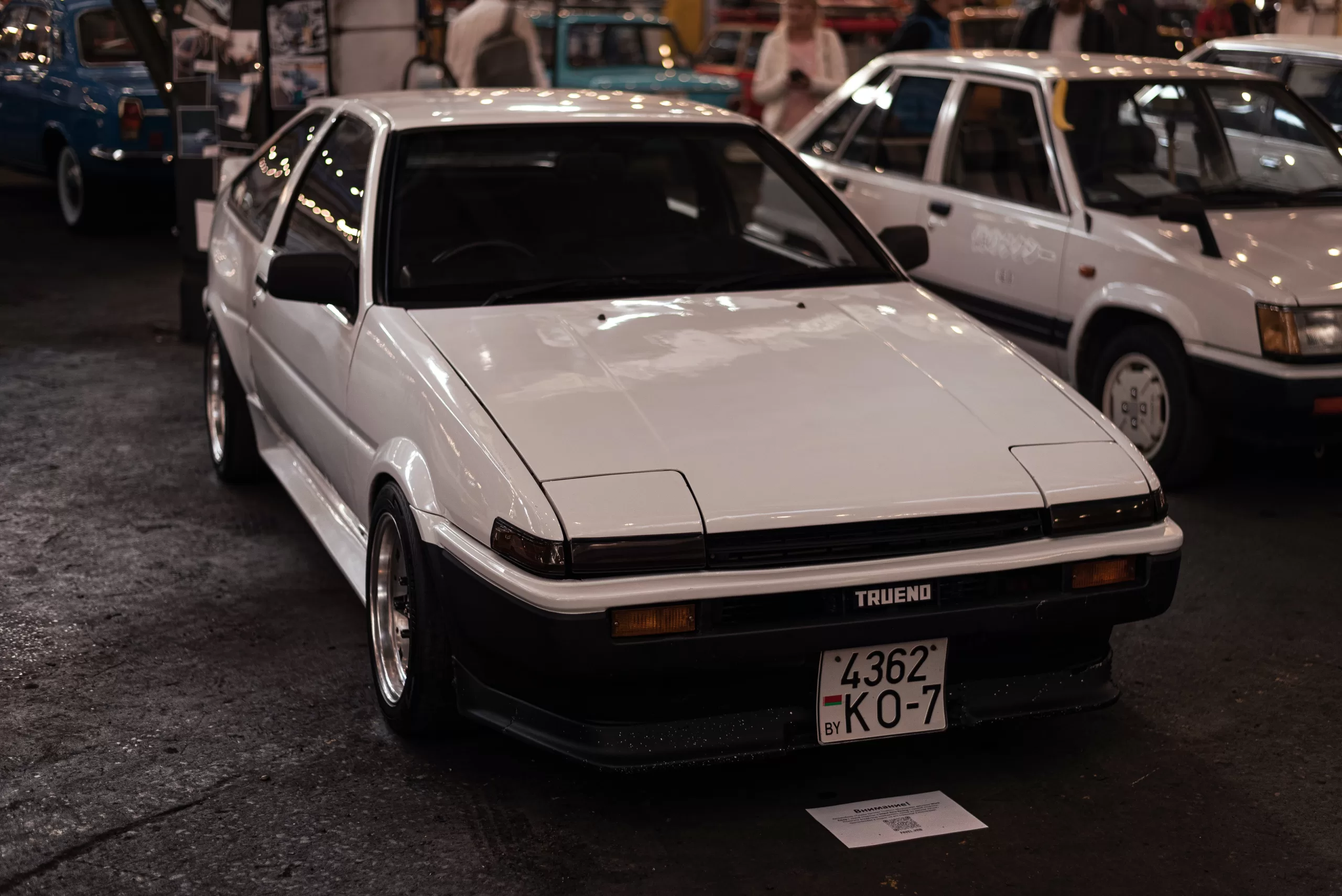Nissan R390 GT1: Taking on Le Mans
In the 1990s, Japanese automakers were focused on mass-market family cars and affordable sports coupes – the elite world of endurance prototype racing seemed unattainable. Yet Nissan dreamed of taking on Europe’s best at the iconic 24 Hours of Le Mans. An ambitious racing program was born, with the mid-engined R390 GT1 as their spearhead. This fearsome machine would bring Nissan within touching distance of outright victory – shaking up Le Mans forever.

Breaking Into Endurance Racing’s Elite Circle
While Nissan had tasted success locally, even triumph at the 1990 Le Mans with their R90CK Group C prototype, they remained minor players globally. The prestige of a Le Mans win alongside serious manufacturers like Porsche, Toyota and Mercedes was the ultimate prize.
When new open-cockpit homologation rules for GT1 cars allowed serious financial and technological investment, Nissan knew outright victory was suddenly within reach. Partnering with race car specialists TWR, they launched their assault – the R390 GT1 would carry Nissan’s hopes against the world’s best in 1997.

Innovation Pushes Boundaries of GT Racing
Simply modifying a road car wouldn’t suffice, so TWR designed a purpose-built racer sharing only styling cues with the production 300ZX. The lightweight carbon fiber chassis maximized stiffness, and a 600 hp V8 was mid-mounted for optimal weight distribution – obligatory road car components were integrated purely to meet regulations.
The advanced aerodynamics generated serious downforce while retaining a slippery profile for the Mulsanne straight’s 400 km/h runs. Technologies new to GT cars like active suspension and carbon brakes further boosted performance. All these innovations combined to create Nissan’s most technically advanced racing car ever – outrageously quick with immense grip and stability.

Going Head-To-Head With Europe’s Elite
The Nissan R390 GT1 took on all challengers in its 1997 debut. Against serious factory efforts from Porsche, Mercedes and more, simply finishing Le Mans was an achievement – but Nissan nearly took pole position outright. In the race itself the cars showed formidable pace, leading at multiple stages and surviving the attrition which claimed most rivals. After a bitter 355 mile duel, both R390s crossed the line in the top five – third and fourth behind custom built Porsche and Mercedes racers, beating all other production-based GT1 entries.
More podium finishes stacked up during the rest of the year – proving the R390’s outright speed against the world’s best GT racers. While the big win remained elusive, Nissan had gatecrashed endurance racing’s elite so spectacularly with a car almost unrecognizable next to their affordable road models. A serious statement of intent had been made.

Legacy as Japan’s First Le Mans Contender
While 1999 brought heartbreakingly close second and third places at Le Mans, Nissan discontinued their GT1 program to shift racing budgets elsewhere after just three seasons. Always intended as a showcase rather than a profit generator, the R390 GT1 had by then made its point.
This phenomenally advanced racing machine placed Nissan among the world’s most prestigious manufacturers. For the first time a Japanese marque had genuinely challenged for Le Mans victory against Europe’s finest – proving Japan’s engineering brilliance on endurance racing’s biggest global stage. The R390 GT1’s enormous significance extends far beyond its on-track achievements alone.
By pushing boundaries technically and capturing imaginations globally, Nissan’s first Le Mans contender paved the way for grander racing ambitions across Japan. Shortlived yet sensational, the innovative R390 GT1 opened eyes to radical possibilities – its legacy emphatically lives on today in Japanese powerhouses like Toyota at Le Mans’ sharp end.





